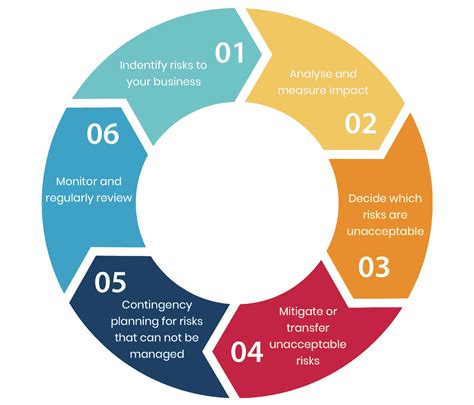Evaluation of Risk Management Techniques for Litecoin Trading (LTC)
The world of cryptocurrency trading has become more and more popular in recent years, many investors who were in the digital assets. Among the many available cryptocurrencies, Litecoin (LTC) stands out as a promising option for traders who want to diversify their portfolios. However, like any investment, Trading LTC comes with your own set of risks and challenges that need to be carefully managed. In this article, we will evaluate various risk management techniques and provide guidance on how to implement them effectively in Litecoin trading.
Understanding Risk Management in Trading
Risk management is a critical aspect of trading, because it involves identifying, evaluating and mitigating potential losses. In the context of Litecoin trading, risk management techniques are essential to protect investments and minimize exposure to market fluctuations. The following key concepts are the basis of efficient risk management in trading:
- Position size : This refers to the allocation of a specific amount of capital in each trade or position. The size of the position helps to ensure that the transactions remain aligned with the total size of an investor’s portfolio, reducing the probability of significant losses.
- Stop loss commands : These commands automatically sell security when it drops below a specified price level, limiting potential losses and protecting against significant value decreases.
- Take profit orders : Instead, taking profit orders aims to sell a security at a predetermined price level, making profits from winnings or taking advantage of market movements.
- Risk-Recompension ratio : This metric helps investors establish the proportion of their capital that they are willing to allocate, based on potential profitables and risk exposure.
Evaluation of Risk Management Techniques for Litecoin Trading
When evaluating risk management techniques for Litecoin trading (LTC), consider the following factors:
- Exchange fees and commissions : Looking for competitive taxes and commission structures. Large taxes can consume profits, while low taxes can help keep capital.
- Liquidity : Make sure you have access to sufficient liquidity to LTC trading, because high volatility can lead to fast price movements that can leave vulnerable traders to market fluctuations.
- Security measures

: Check that the exchange and wallet storage methods are safe, using robust encryption and multi-factor authentication to protect your assets.
- Diversification strategies : Consider the potential for Litecoin’s price to fluctuate in response to wider market trends or fundamental factors, such as interest rates and economic indicators.
Technical analysis of Litecoin transactions
When evaluating risk management techniques, technical analysis plays a crucial role in identifying models and tendencies that can affect Litecoin (LTC) prices. Popular technical analysis tools include:
- Diagram models : Identify and analyze diagram designs, such as triangles, head formations and shoulders or panels to predict price movements.
- Indicators : Use technical indicators such as mobile environments, relative resistance index (RSI) and Bollinger bands to evaluate the market impulse and identify potential trading opportunities.
CASE STUDY: Assessment of risk management techniques for Litecoin Trading
In order to illustrate the importance of efficient risk management in Litecoin trading, let’s consider a case study:
Suppose an investor envisages the purchase of 100 LTC at $ 300. They use a stop-loss order with a 10% margin (ie risks $ 30 per trade) and a profit level of $ 325.
* Position size
: To limit the losses to $ 3,500 (2x initial investment), the investor will allocate $ 175 from their account for each trade.